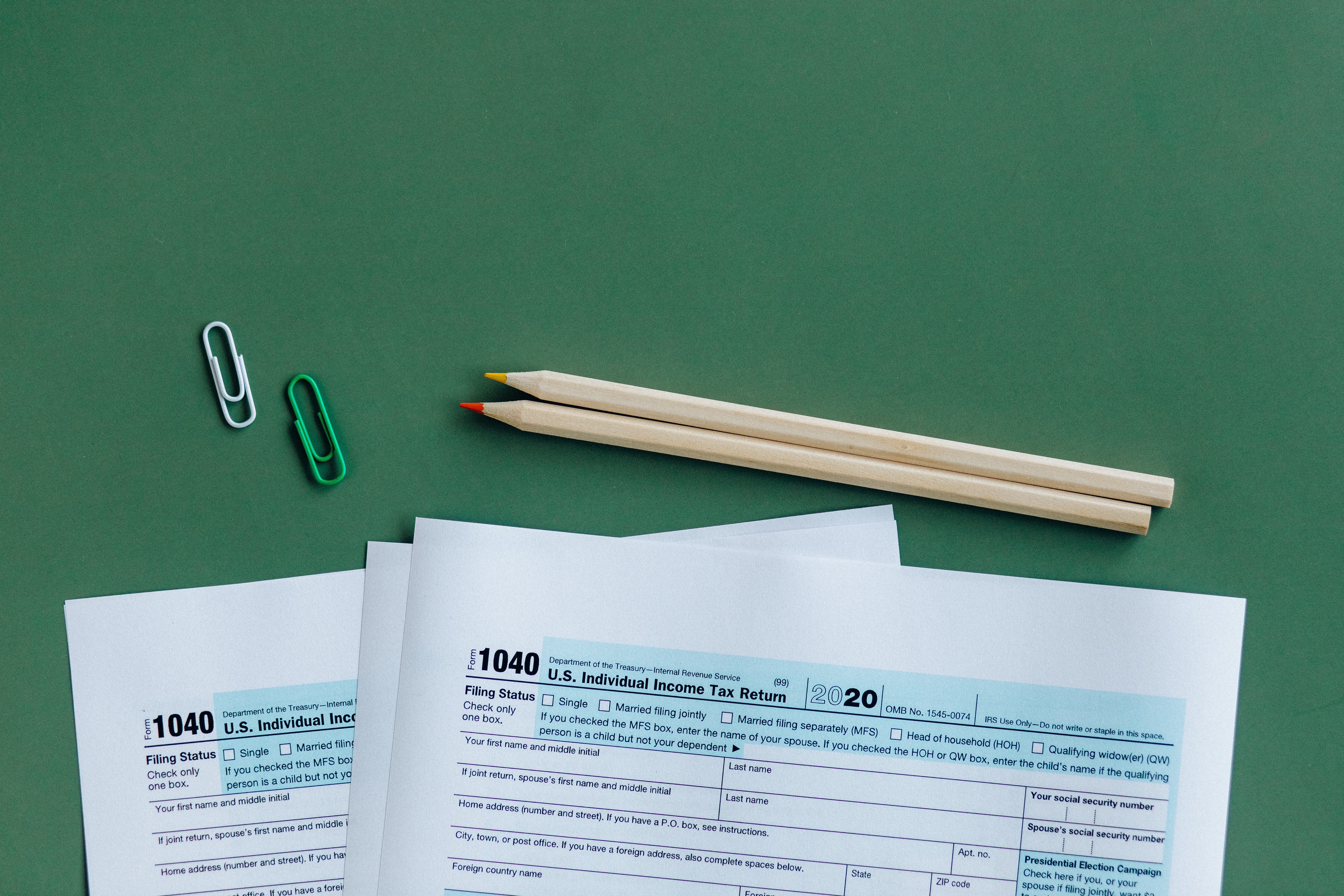Share this
by Matt Waters, CPA on April 17, 2019
One of the many nuances of ASC 842 lease accounting, an asset retirement obligation (ARO) is a liability related to the retirement of a tangible long-lived asset when the timing or method of settlement might be dependent upon a future event. ARO is significant for any remediation work needed for restoration, but not for unplanned cleanup or work immediately resulting from an accident.
For example, when a company has an operating lease for a building and stipulates any leasehold improvements should be removed at the end of the lease, under GAAP the company has an ARO. To be compliant, the company would need to record a liability for the cost to remove the leasehold improvements and increase the asset value by the same amount.
Examples of AROs may include the costs related to the following assets:
- The removal of underground gas tanks at a gas station that need to be removed at the end of the lease
- The dismantling of an oil rig at an oil drilling site at the end of the lease
- Restoration of an office space upon lease termination
Companies need to take into consideration the depreciation of the asset, retirement accretion of the asset retirement liability as well as other factors. Rules associated with ARO were established by FASB (the Financial Accounting Standards Board) and are outlined in Rule No. 143: Accounting for Asset Retirement Obligations. Additional information on asset retirement obligations is available here. Other items that impact the calculation of lease liabilities and right of use assets are tenant improvement allowances (TIA) and direct costs. CoStar Real Estate Manager software can help with lease management and lease administration for all lease types, including real estate, equipment, vehicles and other assets.
Share this
- Lease Accounting Software (90)
- ASC 842 (83)
- Accounting Teams (53)
- Lease Administration Software (27)
- Retail Tenants (16)
- Commercial Real Estate (14)
- Lease Management (13)
- Real Estate Teams (10)
- ESG (8)
- Market Data and Analytics (8)
- Success Stories (8)
- News and Media Coverage (5)
- Transaction Management Software (2)
- frs 102 (2)
- Customer Success (1)
- Office Tenants (1)
- December 2025 (1)
- September 2025 (1)
- July 2025 (2)
- June 2025 (4)
- May 2025 (2)
- April 2025 (2)
- March 2025 (6)
- February 2025 (3)
- January 2025 (4)
- December 2024 (1)
- October 2024 (4)
- September 2024 (2)
- August 2024 (4)
- July 2024 (3)
- June 2024 (3)
- May 2024 (4)
- April 2024 (1)
- February 2024 (1)
- December 2023 (4)
- November 2023 (6)
- October 2023 (4)
- September 2023 (2)
- August 2023 (2)
- July 2023 (3)
- May 2023 (2)
- March 2023 (1)
- February 2023 (3)
- January 2023 (1)
- December 2022 (3)
- November 2022 (4)
- October 2022 (4)
- September 2022 (1)
- August 2022 (4)
- June 2022 (1)
- May 2022 (4)
- April 2022 (8)
- March 2022 (3)
- February 2022 (1)
- January 2022 (2)
- November 2021 (2)
- October 2021 (2)
- September 2021 (3)
- August 2021 (15)
- July 2021 (3)
- June 2021 (1)
- May 2021 (1)
- April 2021 (3)
- March 2021 (1)
- January 2021 (1)
- December 2020 (3)
- November 2020 (1)
- October 2020 (2)
- September 2020 (2)
- August 2020 (3)
- July 2020 (2)
- June 2020 (3)
- May 2020 (1)
- April 2020 (1)
- March 2020 (1)
- February 2020 (1)
- December 2019 (1)
- October 2019 (1)
- September 2019 (2)
- August 2019 (3)
- July 2019 (2)
- April 2019 (69)
- October 2018 (1)
- August 2018 (1)
- July 2018 (1)
- June 2018 (1)
- May 2018 (1)
- April 2018 (2)
- March 2018 (3)
- February 2018 (2)
- December 2017 (1)
- August 2017 (3)
- June 2017 (2)
- May 2017 (2)
- April 2017 (1)
- March 2017 (2)
- January 2017 (2)
- November 2016 (2)
- July 2016 (1)
- June 2016 (1)
- July 2015 (1)
- March 2015 (1)
- June 2014 (1)
- April 2014 (11)
- October 2011 (1)
You May Also Like
These Related Stories

What you need to know about the tax impact of ASC 842

Subledger Accounting for ASC 842 and IFRS 16 Compliance



